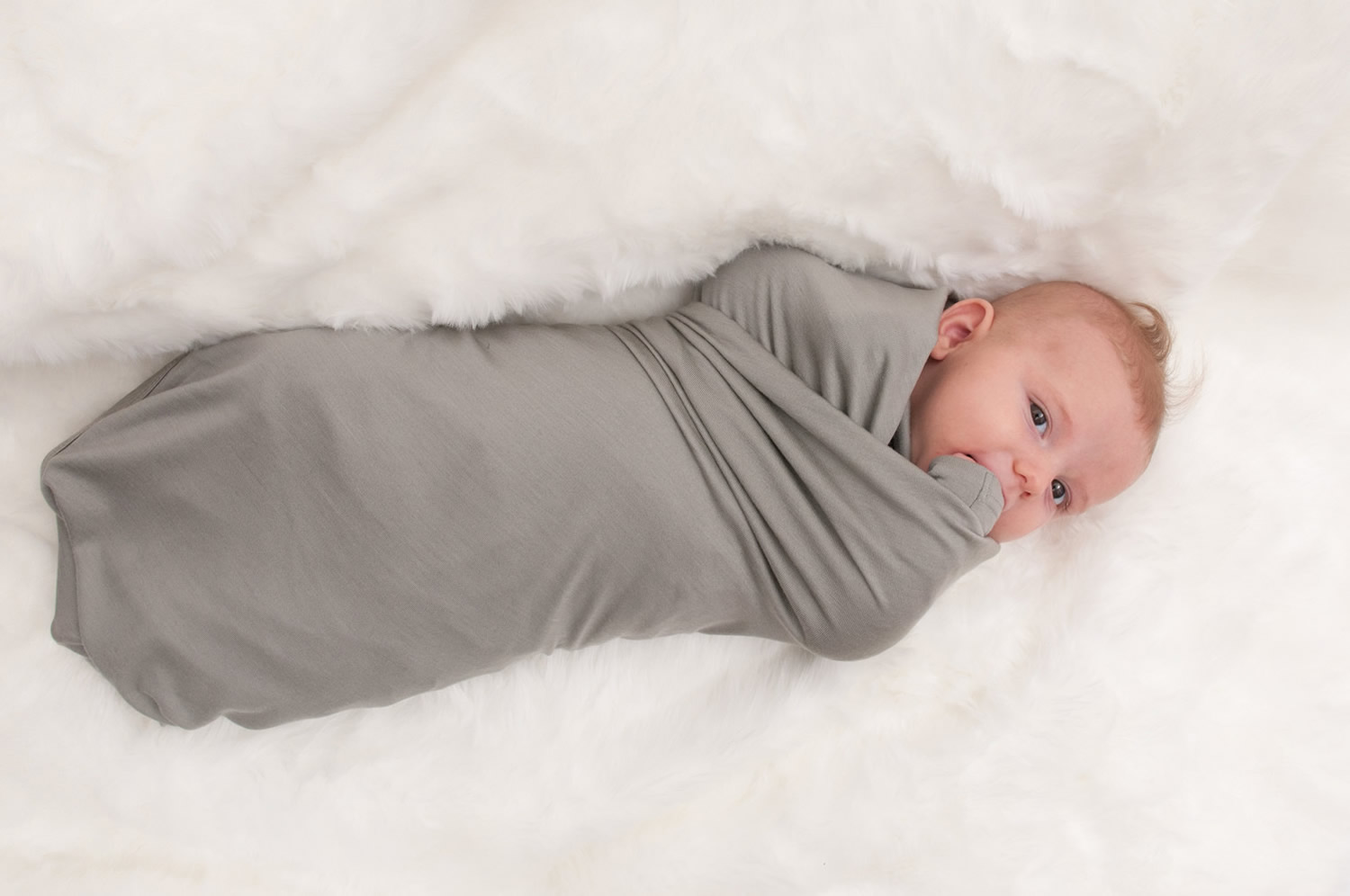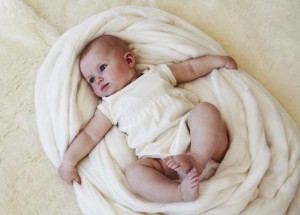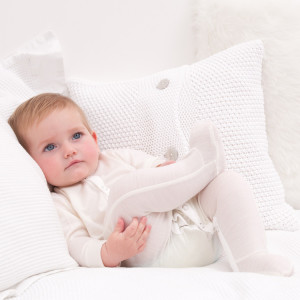Sleep like a baby in wool

Well, it looks like science has finally proven what wool aficionados have been saying for years! Wool really does make for a better night’s sleep! Read on and find out why wool is perfect for newborns and children.
Studies undertaken by the University of Sydney monitored the temperatures, restfulness, and total sleep time of 8 volunteers using wool, cotton and synthetic bedding in a long term investigation over 3 years. Sleepers were found to sleep significantly longer with wool, waking up less frequently in both hot and cold environments. In fact, all the sleepers preferred wool – only 30% of babies cried when sleeping on wool, compared with 67% on cotton.
What exactly is it about wool that is so beneficial to sleep quality? The consensus seems to be related to the way wool adapts to temperature and moisture. Unlike cotton or synthetic textiles, wool fibres naturally form pockets of air, which allow it to act as an insulator without sacrificing breathability – that is how the same fabric is used to wrap up warm for winter, but also by Bedouins in the Sahara desert to keep cool in the searing heat. This makes wool ideal for babies to snuggle in without getting too hot!
This same structure also allows wool to still act as great insulation when wet – in fact, wool can absorb 30% of its own weight in moisture without even feeling damp! This is great for your baby, and quite nice for you as well! By naturally wicking moisture away from the skin, wool keeps babies dry and comfortable through the night, promoting a long, restful sleep.
There are a handful of other incidental benefits to sleeping on wool. The texture of the fabric offers an inherent softness that you don’t have to be a baby to appreciate. As well as making it cosy and comfy, the use of wool and sheepskin underlay was also found to reduce the occurrence of pressure ulcers by more than half!
As if that wasn’t enough reason to tuck your little one into wool tonight, the textile has been found to be naturally hypoallergenic – meaning that its structure is resistant to bacteria, mould and mildew, vastly reducing the risk of illness.
We spoke about these findings with Lydia Marshall from the family run, children’s bedding and clothing specialistsLana Bambini. With so much experience with helping babies sleep, Lydia is uniquely placed to comment on how applicable this research actually is to you and I, in the real world. “I’ve lost count of the times that customers have told me their babies slept poorly until they discovered dressing them in wool,” explained Lydia. “It’s a shame that synthetics have been allowed to elbow natural fibres out of the way in recent years.”
Why is this important? As any mum will tell you, young babies keeping their parents up at night is an almost universal aspect of parenthood. But what if, by turning our backs on natural, organic fibres, in favour of mass produced synthetic fabrics, we are aggravating the problem? The baby bedding specialists seem to think so. So too, do the scientists and researchers. With such significant and well documented benefits, we know we’ll be wrapping up out little tinkers in wool this Christmas. With any luck, they will sleep like a baby!
“Wool sleepwear and bedding is the best possible way to ensure they remain at a constant and comfortable temperature at night and can really improve the quality of sleep.”
– Lydia Marshall, Lana Bambini
You can find out more about the Lana Bambini range here:
http://lanabambini.co.uk/store/
http://www.facebook.com/pages/Lana-Bambini/472016779499855
https://twitter.com/LanaBambini






